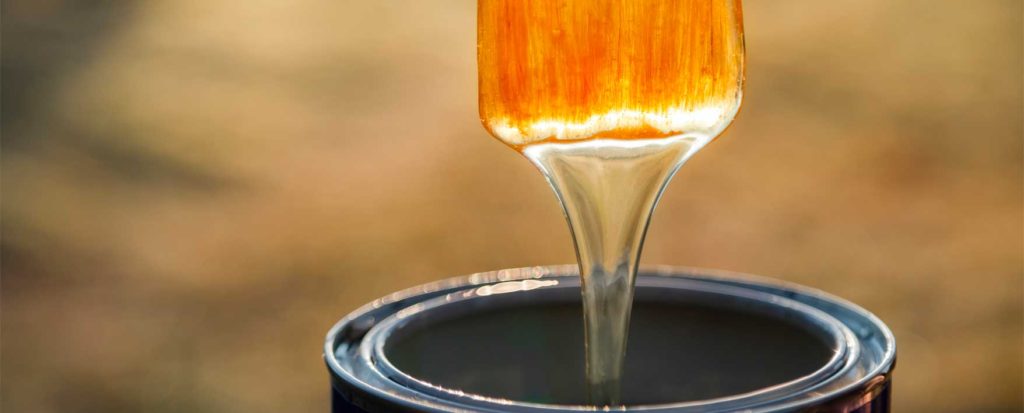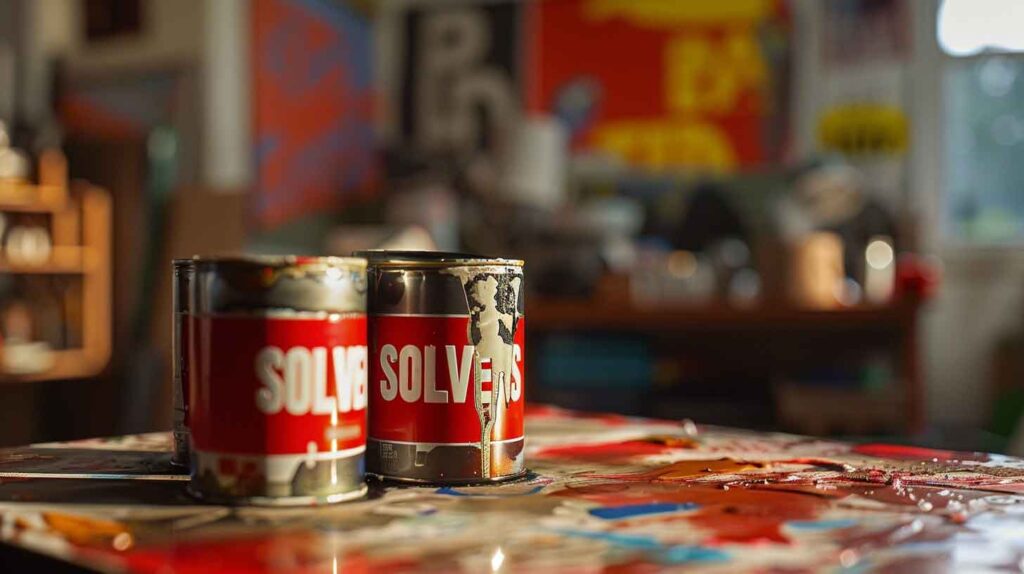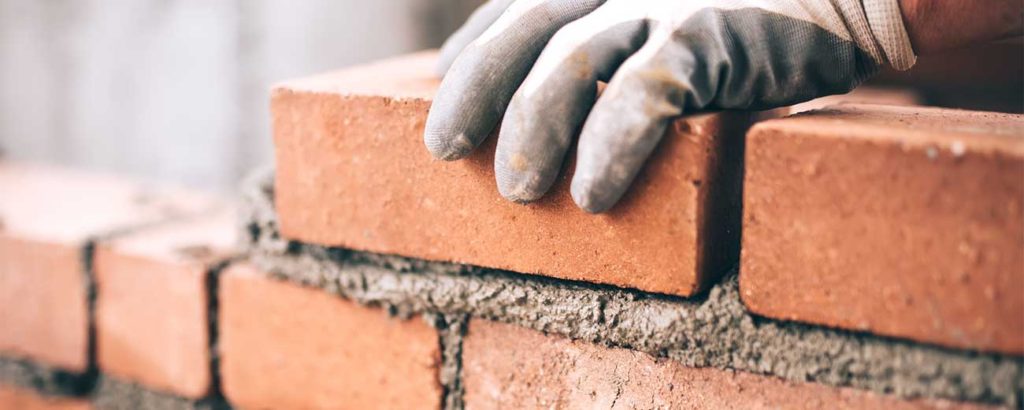
Do You Really Need to Wait Six Months to Varnish?
The age-old advice to wait at least six months before varnishing oil paintings is sound advice, but one resisted by many artists. It’s an understandable position. When you finish a painting it often needs to be delivered immediately for exhibit or into the customer’s hands.
The Big Sleep before Varnishing
So, artists often tout the recommendation to wait until the painting is “touch dry”. For some this may be a sufficient amount of time. This recommendation, however, assumes that all paintings are created under the same conditions. Of course, we know this is never the case, since one painter paints on absorbent substrates, another on non-absorbent surfaces, another will use lead white others will use slower-drying titanium white, many paint with impastos and others with thin applications of paint.
Apply When Touch Dry
A few manufacturers claim their varnish can be applied much earlier. The advise is , such as when the painting is “touch dry”, so many artists grab this idea and run with it thinking the moment the paint surface feels dry they have a green light to varnish. However, even these manufacturers are a little more cautious by recommending to test the surface of the painting for sufficient dry time such as with a “fingernail test”.
Somehow many artists believe there is something special inherent in these varnishes. One blogger writes:
Gamvar allows the painting to continue to breathe so the paint underneath can still continue to dry. It doesn’t stop the drying process.
Debra (2017) How To Varnish A Painting: The Easy Way. Red Palette Studio. August 17, 2017. View Online. Last accessed 15 March 2020.
Are Varnishes Permeable?
In reality, all varnishes are permeable so oxygen will diffuse into and through them, allowing the polymerization of oil paint underneath. All varnishes, of course, slow the ingress of oxygen into the paint film, thereby delaying the drying process.
Waiting at least six months is still the best practice that applies to a wide range of painters. If you cannot wait, you may use (with due caution) the test below to determine when the painting is ready to be varnished.
Alternative to the Fingernail Test
The “fingernail test” may be what some manufacturers had in mind for the test method for “Dry Hard Time” described in ASTM D1640:
With the end of the thumb resting on the test film and the forefinger supporting the test panel, exert a maximum downward pressure (without twisting) of the thumb on the film. Lightly polish the contacted area with a soft cloth. The film is considered dry-hard when any mark left by the thumb is completely removed by the polishing operation. Remove any coating from the thumb immediately. The use of a glove, finger cots or the presence of freshly-applied cosmetic products/hand creams may interfere with the test results.
ASTM (2018) D1640 Standard Test Methods for Drying, Curing, or Film Formation of Organic Coatings. American Society of Testing and Materials.
You can vary the procedure of this test but they will also give different results. A problem with using a hard and sharp object such as a fingernail (in contrast to a flat thumb) is that it can give false results depending upon the amount of pressure exerted into the paint film.
The test may work in your case, but remember that some interpretation of the results is involved, often leading to different conclusions. The safest and best practice is to wait the prescribed amount of time—at least six months. But if you cannot do so, then use the test method ASTM D1640, and good luck.
Solvent Test
If after the test you feel encouraged to apply varnish on your painting. There is one more test you should do. The solvent test. This is an important test that reveals the drying condition of your painting and whether it can resist the solvent used in the varnish. All you need is the solvent (or varnish) and a cotton tip applicator. Moisten the cotton tip with the solvent (or varnish) and roll it along the surface of an inconspicuous area of your painting. Roll it on the painting. Do not drag it across the surface. Look that the tip. It it contains color from the paint, your painting is not sufficiently dry for varnishing.
Learn More
Learn more about varnishing by enrolling in our course Varnishing.
References
Debra (2017) How To Varnish A Painting: The Easy Way. Red Palette Studio. August 17, 2017. View Online. Last accessed 15 March 2020.
ASTM (2018) D1640 Standard Test Methods for Drying, Curing, or Film Formation of Organic Coatings. American Society of Testing and Materials.







Very interesting and informative article.
What about speeding up the drying? I’ve just finished reading “Billion Dollar Painter” for the fourth time and in it Kinkade apparently had a huge wooden box with a heating element in it since he worked on 4-5 paintings at a time. He also painted in layers…up to 50 layers…he claimed that’s how he got that light effect. I understand the Old Masters used something like a modern-day pizza oven to “speed-dry” their paintings. I know another artist who simply uses a cardboard box over the painting set out in the sun. Would such devices help to speed up the drying so varnish could be applied earlier? Thanks for the great article.
While it is possible to hasten the drying time of oil paint to some degree with heat, it does not accelerate polymerization through the paint film, which is why the “touch dry” stage does not provide a suitable surface for recoating with a varnish. I am not aware that any old master hastened the drying time with heat such as from an oven. Indeed, heating a painting in an oven or other space is fraught with many perils since the heat lowers the relative humidity (RH) rapidly causing much mechanical stress to the painting. We do not recommend exposing paintings to direct sunlight, since ultraviolet light causes significant damage to the oil binder and pigments.
OK…I get it now. The drying would allow for layering, but not for varnishing. Thanks for the prompt reply!